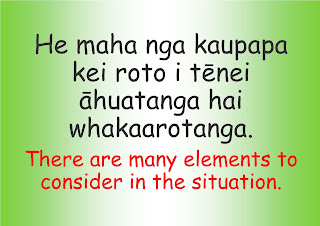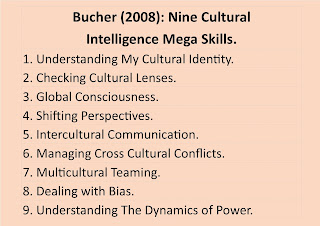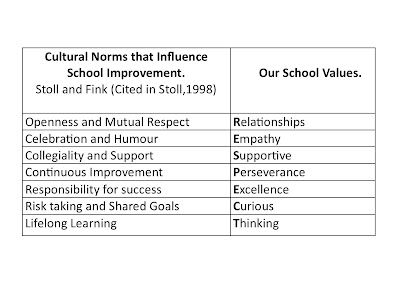REFLECTIVE PRACTICE AND CHANGES IN PRACTICE.

What a journey the last 32 weeks have been! One that has seen me grow professionally and personally. Although my husband has referred to it as a ‘divorce diploma’. I read somewhere that the brain was like a muscle that needed to be worked out, just like the body. My brain certainly had the full fitness/boot camp workout. Osterman and Kottkamp (1993, p.2) suggested that “reflective practice is viewed as a means by which practitioners can develop a greater level of self-awareness about the nature and impact of their performance”. I have, as a consequence of this Mind Lab programme, moved from having a fixed mindset to employing a growth one. Carol Dewek (2015) stated that a growth mindset wasn’t just about effort but also about trying new strategies and seeking input from others when you’re stuck. The Mind Lab course has given me new knowledge, countless strategies, many opportunities to create digital and collaborative goals, and to take risks. If someone ...






